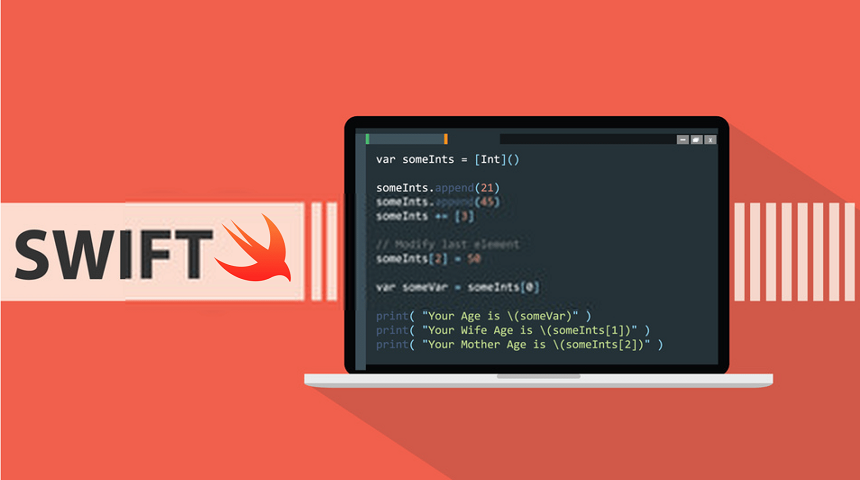
Free eBooks for Beginners
SWIFT is a powerful programming language that is widely used for developing iOS and macOS applications. One of the most important concepts in SWIFT, and in programming in general, is loops. Loops are a way to repeat a section of code multiple times, and they are a fundamental building block of many applications.
If you’re just starting out with SWIFT, you may be wondering how to use loops to control the flow of your code. In this article, we’ll introduce you to the basics of loops in SWIFT and explain how you can use them to make your code more efficient and powerful.
For Loops
The most basic type of loop in SWIFT is the for loop. With a for loop, you can repeat a section of code a specific number of times. For example, you might use a for loop to repeat a section of code 10 times.
A for loop works by keeping track of a counter that starts at a specific value and increases by a specified amount each time the loop is repeated. The loop continues to repeat until the counter reaches a specified maximum value.
While Loops
Another type of loop in SWIFT is the while loop. With a while loop, you can repeat a section of code as long as a certain condition is true. For example, you might use a while loop to repeat a section of code until a certain number has been reached.
A while loop works by checking the condition at the beginning of each iteration, and repeating the loop as long as the condition is true. The loop stops when the condition becomes false.
Repeat-While Loops
A variation of the while loop is the repeat-while loop. The repeat-while loop works similarly to the while loop, but with one key difference: the condition is checked at the end of each iteration, instead of at the beginning.
This means that the code inside the repeat-while loop will be executed at least once, even if the condition is false from the start.
Nesting Loops
Another important concept in loops is nesting. Nesting means placing one loop inside another loop. This allows you to repeat a section of code multiple times, and within each repetition, repeat a different section of code.
For example, you might use a for loop to repeat a section of code 10 times, and within each repetition of the for loop, use a while loop to repeat another section of code until a certain condition is met.
In conclusion, loops are an important aspect of SWIFT programming, and they are a powerful tool for controlling the flow of your code. Whether you use for loops, while loops, repeat-while loops, or nested loops, the goal is to write code that is efficient and easy to understand. By mastering the basics of loops in SWIFT, you’ll be well on your way to becoming a skilled SWIFT programmer.
Cookbook – SWIFT for Beginners – Chapter 16: Loops
 Loading...
Loading...
Disclaimer: The information and code presented within this recipe/tutorial is only for educational and coaching purposes for beginners and developers. Anyone can practice and apply the recipe/tutorial presented here, but the reader is taking full responsibility for his/her actions. The author (content curator) of this recipe (code / program) has made every effort to ensure the accuracy of the information was correct at time of publication. The author (content curator) does not assume and hereby disclaims any liability to any party for any loss, damage, or disruption caused by errors or omissions, whether such errors or omissions result from accident, negligence, or any other cause. The information presented here could also be found in public knowledge domains.